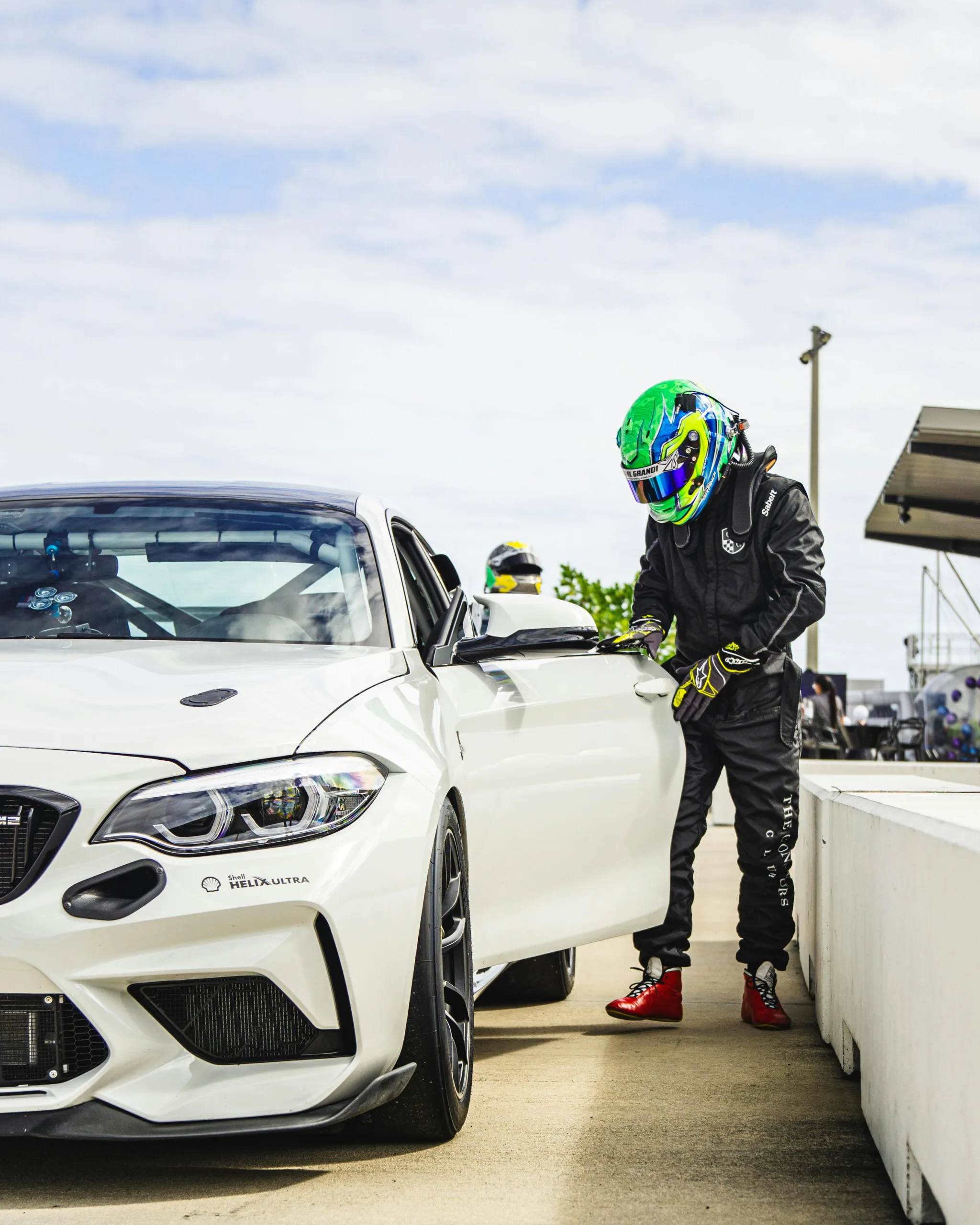Table of Contents:
- Introduction
- The Evolution of Safety Standards
- Major Updates in 2024
- Side Crash Test Replacement
- Pedestrian Front Crash Prevention
- Emphasis on Back Seat Safety
- Class-wise Breakdown of Awards
- Hyundai Motor Group Dominates
- SUVs Lead the Way
- Impact of IIHS Initiatives
- Historical Improvement
- Bridging the Back Seat Safety Gap
- Advancements in Pedestrian Safety
- Challenges and Progress
- The Need for Further Advancements
- Pedestrian Safety Concerns
- FAQ
- Why are SUVs leading in safety awards?
- How has IIHS influenced safety over the years?
- Why the emphasis on back seat safety?
- Conclusion
- Stay Informed with FLAG PULSE
Introduction
In a bid to enhance vehicle safety standards, the Insurance Institute for Highway Safety (IIHS) has raised the bar for its prestigious TOP SAFETY PICK and TOP SAFETY PICK+ awards in 2024. This move challenges automakers to prioritize better protection for back seat passengers and improve pedestrian crash avoidance systems.
The Evolution of Safety Standards
Over the years, the IIHS has played a pivotal role in shaping safety regulations for vehicles. Introduced in 1995, the moderate overlap front test saw substantial improvements in vehicle safety, with virtually every vehicle tested earning a good rating in the past decade. This progress has significantly reduced the likelihood of fatalities in head-on crashes.
Major Updates in 2024
Side Crash Test Replacement
Last year’s significant change involved replacing the original side crash test with a more challenging version. In 2024, a good rating is now a prerequisite for either TOP SAFETY PICK or TOP SAFETY PICK+, pushing manufacturers to ensure higher safety standards.
Pedestrian Front Crash Prevention
The evaluation for pedestrian front crash prevention has undergone a revamp, requiring vehicles to earn an acceptable or good rating in a single, comprehensive test that includes both daylight and nighttime scenarios. This change reflects IIHS’s commitment to improving pedestrian safety, considering the alarming rise in pedestrian fatalities.
Emphasis on Back Seat Safety
An important shift in the TOP SAFETY PICK+ requirements is the updated moderate front overlap test. With a focus on back seat safety, vehicles now need an acceptable or good rating in this evaluation, which includes a second dummy seated behind the driver. This move aims to address the historical safety advantage of front seat occupants over those in the rear.
Class-wise Breakdown of Awards
Hyundai Motor Group emerges as the leader in 2024 awards, securing six TOP SAFETY PICK+ and 10 TOP SAFETY PICK awards across its brands. SUVs dominate the safety awards, with small SUVs, midsize SUVs, and midsize luxury SUVs each earning five TOP SAFETY PICK+ awards. Despite the popularity of pickups and midsize cars, only a limited number qualify for these prestigious safety accolades.
Impact of IIHS Initiatives
Historical Improvement
The journey from poor or marginal ratings in the initial moderate overlap front test to the current scenario of virtually every vehicle earning a good rating underscores the remarkable progress in vehicle safety. This improvement is validated by a 46% lower likelihood of fatal injuries in head-on crashes involving vehicles rated good in the original test.
Bridging the Back Seat Safety Gap
Recognizing the evolving safety landscape, IIHS introduces an updated moderate overlap test focusing on the back seat. With an additional dummy in the second row, this test encourages automakers to enhance rear occupant safety, addressing a gap that has widened with advancements in front seat safety.
Advancements in Pedestrian Safety
Pedestrians, representing a growing share of crash deaths, have prompted IIHS to strengthen standards for pedestrian front crash prevention systems. The combination of daytime and nighttime evaluations in 2024 reflects a commitment to ensuring that vehicles are equipped with technology to detect and avoid pedestrians, especially during the high-risk nighttime hours.
Challenges and Progress
While celebrating the achievements in safety standards, there’s acknowledgment that further progress is needed. The emphasis on back seat safety and pedestrian crash avoidance systems indicates the ongoing commitment to addressing evolving challenges. Pedestrian fatalities, particularly at night, remain a concern, highlighting the need for continuous advancements in safety technology.
FAQ
Q: Why are SUVs leading in safety awards?
A: SUVs’ dominance in safety awards can be attributed to their popularity in the U.S. market. However, the limited number of pickups and midsize cars earning awards suggests room for improvement in these classes.
Q: How has IIHS influenced safety over the years?
A: IIHS has significantly contributed to improved safety standards by introducing and updating tests, prompting automakers to prioritize occupant and pedestrian safety. The historical progress is evident in the consistently high safety ratings.
Q: Why the emphasis on back seat safety?
A: Advances in front seat safety prompted IIHS to address the gap in rear seat safety. The updated moderate overlap test with a focus on the back seat aims to ensure comprehensive occupant protection.
Conclusion
The IIHS’s relentless pursuit of higher safety levels in vehicles has resulted in more stringent TOP SAFETY PICK criteria in 2024. This not only recognizes automakers’ achievements but also sets the stage for future advancements. As the automotive industry evolves, prioritizing safety for all road users remains paramount.
Stay Informed with FLAG PULSE
To stay updated on the latest developments in automotive safety, follow the FLAG PULSE channel on:
Recognizing the Bravery: Jodie Turner-Smith’s Candid Reflections on Divorce
